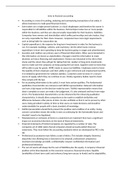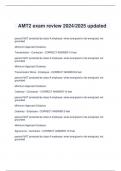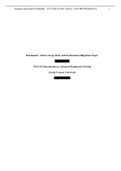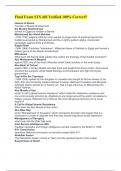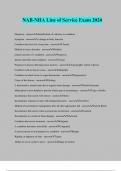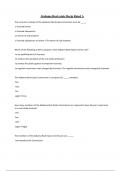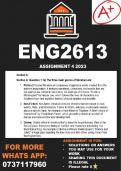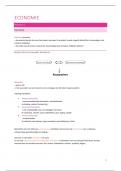Notes de cours
Financial Accounting introduction
- Cours
- Établissement
Introduction to Financial accounting and the preparation of the Financial Statements that a business must produce. It also introduces the basic accounting principles that Accountants use daily.
[Montrer plus]
